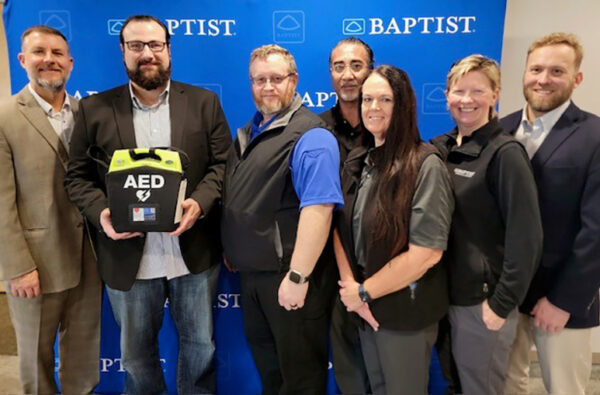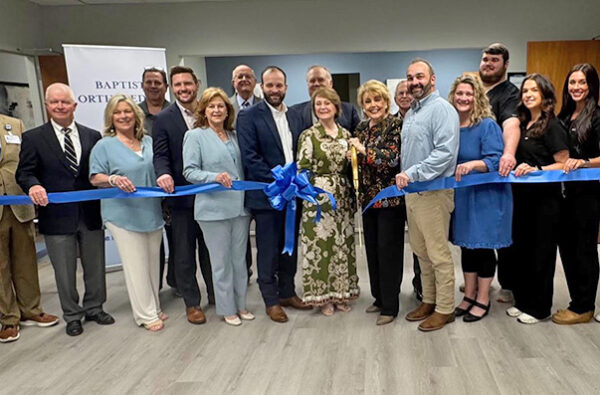You never know where you’ll find a KATA board—in this case, helping the staff of Baptist Health Sciences University improve processes related to student retention and success—which may be one of the first uses of KATA in an academic setting.
“We have high academic standards because of our mission to educate future health care professionals who we want to be successful and to graduate,” said Baptist Health Sciences University President Dr. Betty Sue McGarvey. “There will always be those students who decide health care is not for them. But we wanted to be sure we were supporting them with effective and efficient processes while they are here.”
The team has started six KATA boards:
- Admissions and the processes used to communicate with and recruit perspective students
- Early alert system, which notifies support services if a student is having difficulty and could be at risk for progression
- Student retention in the nursing major (the largest major)
- Processes for students applying to their major
- Student Services activities and touchpoints to engage and support students
- Student information management reports to better track retention efforts
The teams are in the early stages of these KATA boards but already are seeing results. For example:
Early alert system. The goal was a more effective and efficient system, as well as a retention rate of 75 percent to graduation. The starting point was a 73 to75 percent spring-to-fall rate. (Fall to spring was 88 percent.) The team is tracking emails sent to students from the early alert system, which could include tips on tutoring services, financial aid, counseling services, etc. The team also is looking at how many of the students who received emails actually used the information, and their retention rate.
Student Services. The goal was to move freshmen retention from 77 percent at the end of their first year to 90 percent. A KATA group is developing a Vital Connections Program of 20 “connectors”—faculty and staff who have volunteered to be assigned to a freshman entering this September and will reach out by email or a note to that student weekly. “Their goal was to engage students with their connector at this June’s freshman orientation,” said Dr. McGarvey. This target condition has already been met as there were more than 20 faculty and staff members who volunteered to serve as connectors for freshmen, and the team will now set a new target condition.
Student Information System: The team is working on revising the academic coding nomenclature in the student information system to provide simplification in the reporting process. Dr. McGarvey says this is a big goal because the College and KATA teams need to be able to measure the effectiveness of student success strategies through standardized reports.
“Using KATA has been very rewarding, as it encourages problem solving across work groups and disciplines,” she said. “We are truly peeling the onion on these supportive processes. Students tell us they appreciate the personal touch at the College and that here, they are not just a number. We want to build on that perspective and to improve how we serve our students.”






